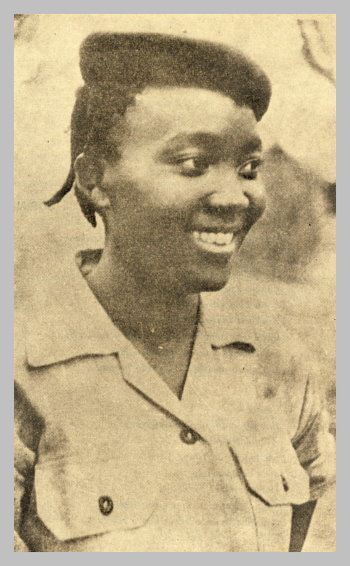Krishna
The Brahma Samhita is a Sanskrit Pancaratra text composed of verses of prayer spoken by Brahma glorifying the supreme Lord Krishna or Govinda at the beginning of creation.
The lyrics, chapter 5 verse 38 reads: “I worship Govinda, the primeval Lord, who plays on His transcendental flute. His eyes are like lotus flowers, He is decorated with peacock plumes, and His bodily color resembles the color of a fresh black cloud, although His bodily features are more beautiful than millions of Cupids.”
Chapter 6, verses 1-2 reads: “The Lord was dressed in yellow garments and had a blackish complexion.”
The Sanskrit word “Krishna” has the literal meaning “black,” ”dark” or ”dark-blue.” Krishna is also called “Śyāma,” the blackish one, or the beautiful dark boy with a blackish color.
Buddha
(Before)

In a two-volume work entitled, “A Book of the Beginnings,” originally published in 1881, author Gerald Massey recorded:
“It is not necessary to show that the first colonizers of India were black, but it is certain that the black Buddha of India was imaged in the Africoid type. In the black [African] god, whether called Buddha or Sut-Nahsi, we have a datum. They carry in their color the proof of their origin. ”
Imhotep
(Before)
The father/god of medicine was deified two thousand years after his death.
James Henry Breasted, an American archaeologist and historian, says of Imhotep:
“In priestly wisdom, in magic, in the formulation of wise proverbs; in medicine and architecture; this remarkable figure of Zoser’s reign left so notable a reputation that his name was never forgotten. The people sang of his proverbs centuries later, and 2,500 years after his death, he had become a god of medicine in whom Greeks, who call him Imouthes, recognized their own Asklepios.”










 European vessels are polluting Somali waters
European vessels are polluting Somali waters